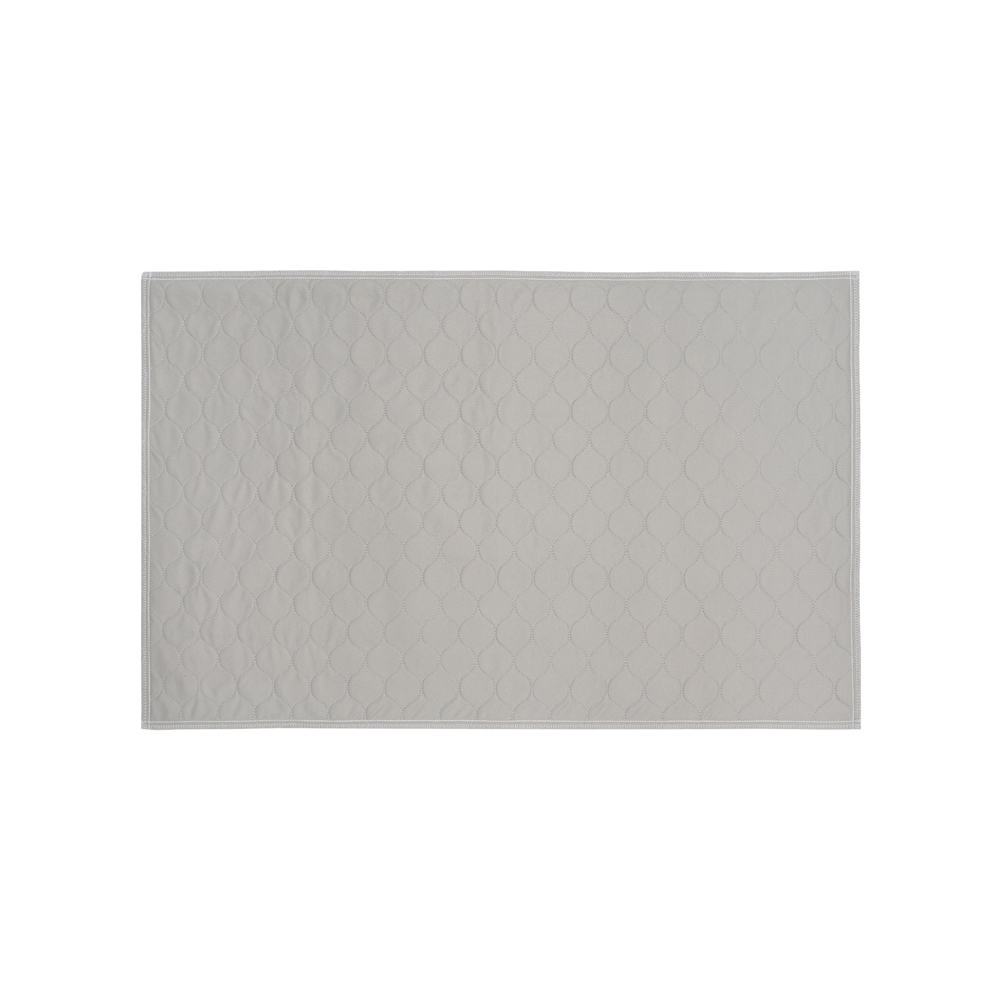Evaluating reusable training pads for odor control to ensure they remain odor-free after multiple washes is a critical quality assurance process. Here's how manufacturers typically assess odor control:
1. Odor-Generating Substance: Manufacturers use a standardized odor-generating substance that simulates the type of odor the training pad is designed to control. This substance is often a chemical compound with a distinct and recognizable smell.
2. Baseline Odor Measurement: Before conducting any wash cycles, manufacturers measure the baseline odor intensity produced by the odor-generating substance without the presence of the training pad. This establishes a reference point for odor intensity.
3. Testing Setup: A clean and unused training pad is placed in a controlled environment, such as a sealed chamber or bag, along with the odor-generating substance. The training pad and substance are then exposed to conditions that simulate pet accidents or other odor sources, such as controlled humidity and temperature.
4. Odor Evaluation Panel: An evaluation panel consisting of trained individuals with a keen sense of smell assesses the odor intensity within the testing environment. These panelists are often trained to detect and rate odors on a standardized scale.
5. Rating and Measurement: The panelists rate the odor intensity on a scale, typically from 0 (no odor) to 10 (strong odor). Multiple panelists may assess the odor to ensure consistency and reliability in the ratings.
6. Multiple Wash Cycles: After the initial assessment, the training pad is subjected to multiple wash cycles, as specified by the manufacturer's durability testing standards. This can range from 10 to 50 or more cycles, depending on the product's intended lifespan and durability requirements.

7. Intermittent Testing: At predetermined intervals during the wash cycles (e.g., every 10 wash cycles), the training pad is reevaluated for odor control using the same standardized odor-generating substance and evaluation panel.
8. Comparison to Baseline: The panelists compare the odor intensity after each wash cycle to the baseline measurement taken before the testing. This helps identify any increase in odor intensity, indicating a potential failure in odor control.
9. Threshold for Failure: Manufacturers define a specific threshold for odor intensity increase that, if exceeded, constitutes a failure in odor control. For example, if the odor intensity after wash cycles surpasses a certain point on the rating scale (e.g., a 2-point increase), it may be considered a failure.
10. Reporting and Adjustment: Manufacturers document the results of the odor control testing, noting the number of wash cycles completed before any threshold for failure is reached. If the product fails to meet the specified odor control standards, it may prompt adjustments to the product's design, materials, or odor-control technologies.

 English
English Deutsch
Deutsch









